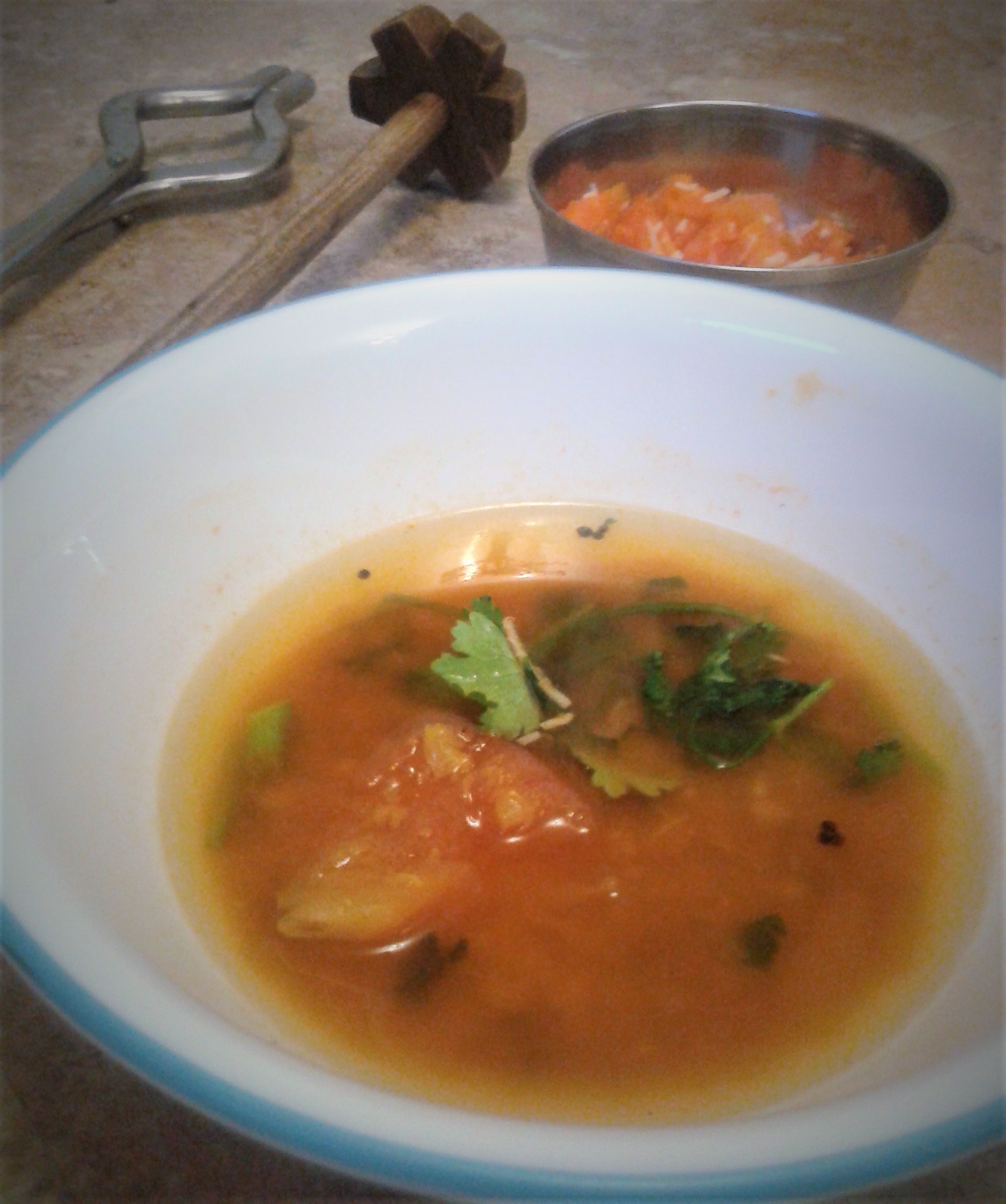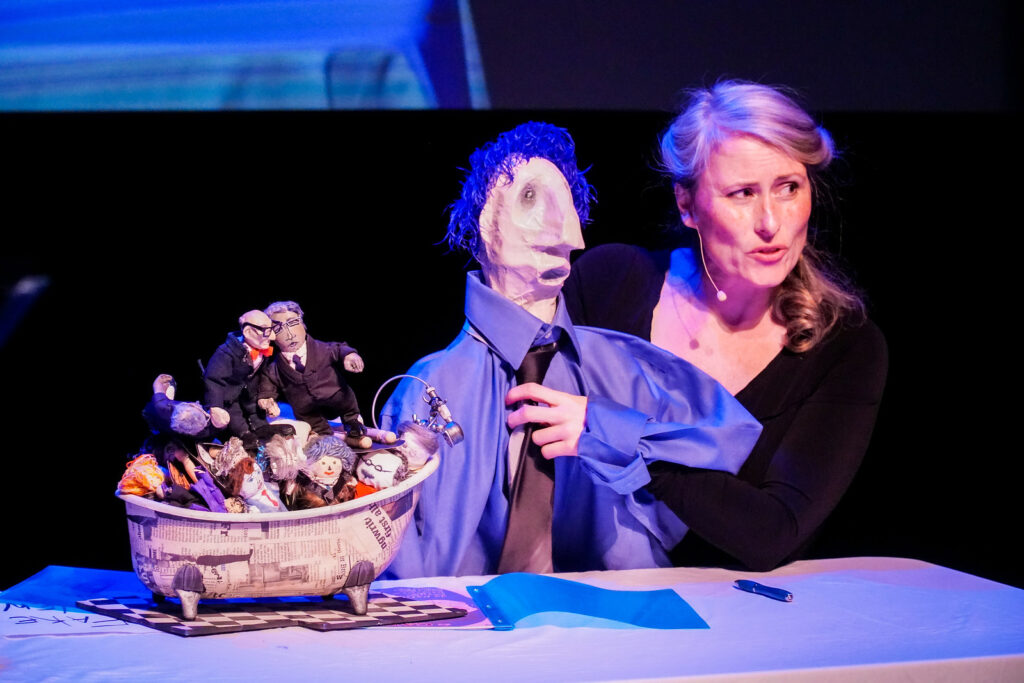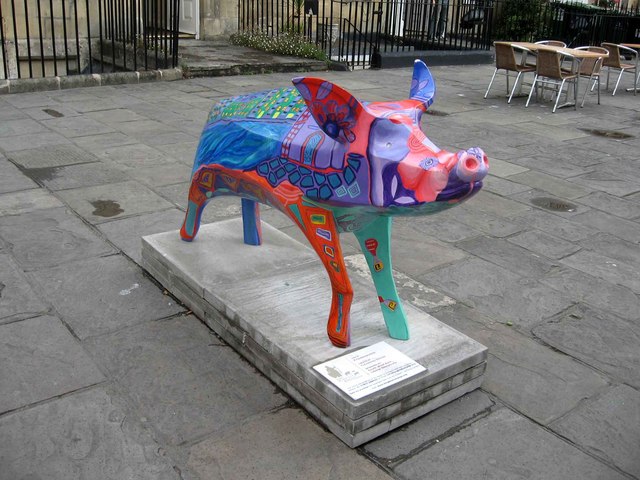Cooking Up A (Memory) Storm
April 2019
I arrived in St John’s with two suitcases, one carry-on bag, and a purse. And one year later only Marie Kondo could pack my life back into those 46 kilos – all I was allowed to bring from my life before.
All I brought for my kitchen were two melamine plates, two forks, and two spoons. Over time and different trips home, I slowly acquired more things – things that one cannot get at Canadian Tire or Walmart. These had journeyed with me, and like me, when they arrived, they were foreign. They were my connection to my home, my parents, and the world I’d left behind.
Pssshhhhhhhhhhhh
One.
My watering eyes flick over to the pot of boiling water. I sing along to Mohammad Rafi’s Yeh Hai Bombay Meri Jaan, a beautiful melody of yesteryear Hindi cinema.
Psshhhhhhhhhhhhhh
Two.
Pungent onions challenge my motivation. But they’re a much-needed entity in the Aloo Palya – a side of spiced mashed potatoes seasoned with caramelized onions, lentils, and curry leaves – that I am diligently preparing as part of this meal.
Pssshhhhhhhhhhhhhh
And that’s three.
One might think a king Cobra is accompanying me on this kitchen adventure, but no, that’s just my pressure cooker. The familiar hiss has rung through generations – through my Ajji’s kitchen, my Amma’s kitchen, and now mine. Three piercing whistles mean the job is done.
Turning off the electric stove (gas stoves are the norm in the world I grew up in), I quickly cast my attention on the boiling water. Tumbling and rolling, the water is rapidly becoming steam. Using my Ikkala – tongs – I grasp the pot of scorching hot water and rapidly pour it into my South Indian coffee filter. The water drips through the tiny holes of the top, in which fine, soft coffee powder rests, into the bottom of this two-tiered stainless-steel container, diffusing the aroma of coffee.
The pressure in the cooker has settled. Steam fills my vision.
The Ikkala comes in handy again. With it, I gently grip the small, round stainless-steel Patrés (separator utensils), two neatly stacked, burning hot utensils. The top Patré is a cacophony of oranges, reds, and pinks, thanks to the cooked carrots and beets. The bottom contains squashed tomatoes and Toor Dal – a rarity in St John’s, bought faster than gold when found in the grocery store.
My eyes well again. Not because of the onions; not because Mukesh’s melancholic voice was crooning Kahin Door Jab Din Dhal Jaye, the unfulfillment of a dream; but because, after over 365 days, for the first time in St John’s, I smelt Toor Dal mixed with tomatoes.
Clear, intense memories – of Amma chopping vegetables, of Appa experimenting with different masalas to create something new, of my Ajji hunched over the kitchen platform stirring the pot of Saaru – flood my mind. As the earthy, odorous fragrance of Toor Dal wafts towards me, the past I am trying to recreate miles away from home, in my new home, suddenly seems more tangible.
I brusquely dry my wet cheeks. Moving the soft lentils into a pot, I grab my Manthu – a long, wooden churner – running it quickly through the lentils and tomatoes, disintegrating them into a paste-like form. Carefully I add the spices, water, and liberal amounts of tamarind juice, watching as the concoction turns from a yellow paste to a reddish-orange lentil soup. I ladle some on a spoon, carefully cooling it down, taking a small sip. Hmmmm … Saaru – the chicken noodle soup of the South Indian household – tangy, spicy, earthy and simply delectable.
I tap my feet to Kishore Kumar’s upbeat Eena Meena Deeka. As golden sunflower oil heats in my Oggarane Battlu – a seasoning, small bowl-shaped, aluminium utensil coated with a copper bottom, attached to a long handle – I line up the lentils and spices I will need to season the beets and carrots. First the black mustard seeds, popping everywhere, forcing me to duck for cover. Then I very carefully put in the lentils, followed by the red chilies. Sizzling and turning golden brown, the seasoning announces its preparedness. I tip the Oggarane Battlu, grateful for the long handle, over the cooked root vegetables.

Saaru, Palya, Manthu and Ikkala
Photo courtesy Prajwala Dixit
Pop!
Right on time, the rice cooker announces the completion of its task. I stand surveying my accomplishment. Piping hot, sweet, tangy and spicy Saaru, savoury and fiery Aloo Palya, earthy and sweet beets and carrot, and steaming rice – one might think I did well. But something still felt amiss.
I turn off the music. Through the haunting silence, my eyes search for the familiar white-in-blue Skype icon. Mentally counting the time difference, I press the call button. Some beeps and pips later, I hear the voices I’ve known all my life. Savouring the first mouthful, I let them complete my meal. These sounds and smells, transcending time and space, make me feel at home – no matter where home is.
AMMANA SAARU (My Mother’s recipe for Saaru)
Ingredients (measuring cup used = 240ml)
1/4 cup Toor Dal
1 large tomato, quartered into big cubes
A pinch of turmeric powder
1 small gooseberry sized tamarind (or as per your taste)
2 tsp salt (or as per your taste)
1 tbsp finely chopped coriander leaves
Ingredients for the spice powder:
2 – 4 red chilis
2 tsp coriander seeds
1/2 tsp cumin seeds
A pinch of asafoetida or Hing
A big pinch of fenugreek seeds
1/4 tsp black pepper
1 cm length cinnamon
A pinch of mustard seeds
4 – 5 curry leaves
1/4 cup grated coconut
1/4 tsp cooking oil
Ingredients for tempering:
1/2 tsp mustard seeds
A big pinch of asafoetida
5 – 6 curry leaves
2 tsp cooking oil or ghee
Pressure cook the Toor Dal and tomato with a pinch of turmeric.
While the cooker whistles a happy tune, dry roast all the ingredients for the spice mix (pudi or masala) and blend/grind into a fine powder.
(Amma’s tip: Fry the asafoetida (Hing) and the curry leaves together)
Boil this powder with 2 cups of water for about 10-15 minutes.
Soak the tamarind in hot water.
Once the pressure cooker is ready, transfer the cooked Toor Dal and tomato into a pot and churn them using the Manthu.
Add the boiled powder water to the Toor Dal and tomato.
Squish the juice from the soft tamarind and add it to the above mixture. Repeat this step until all the juice has been extracted from the tamarind pulp.
Add salt. Top with fresh coriander leaves.
In a separate smaller pot – or Oggarane Battalu, if you have one – heat ghee. Add black mustard, hing and curry leaves. Temper them and then, add the seasoning to the hot, piping Saaru.
Rich in vitamins, minerals and protein, Saaru, funnily, fits perfectly with the new Canadian Food Health Guide recommendations!



